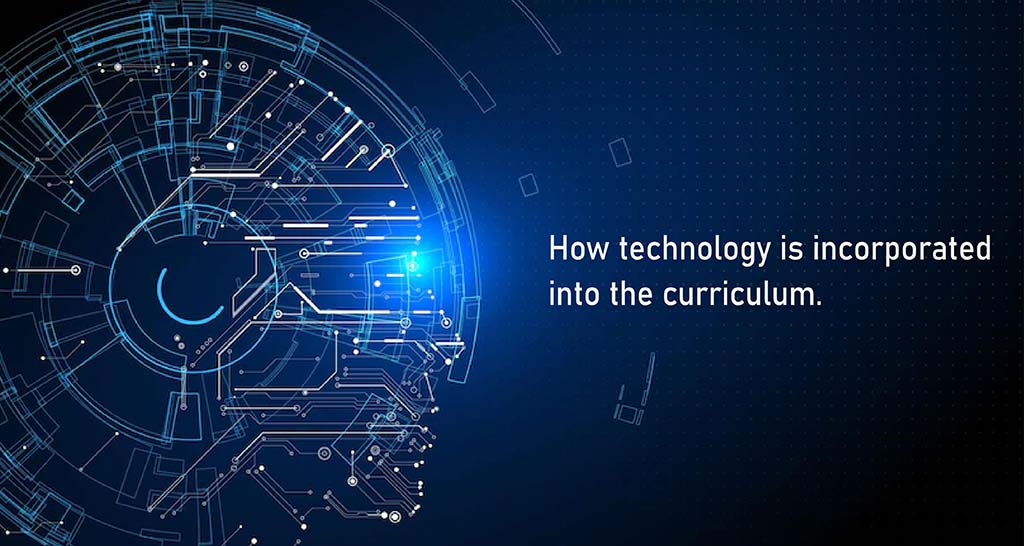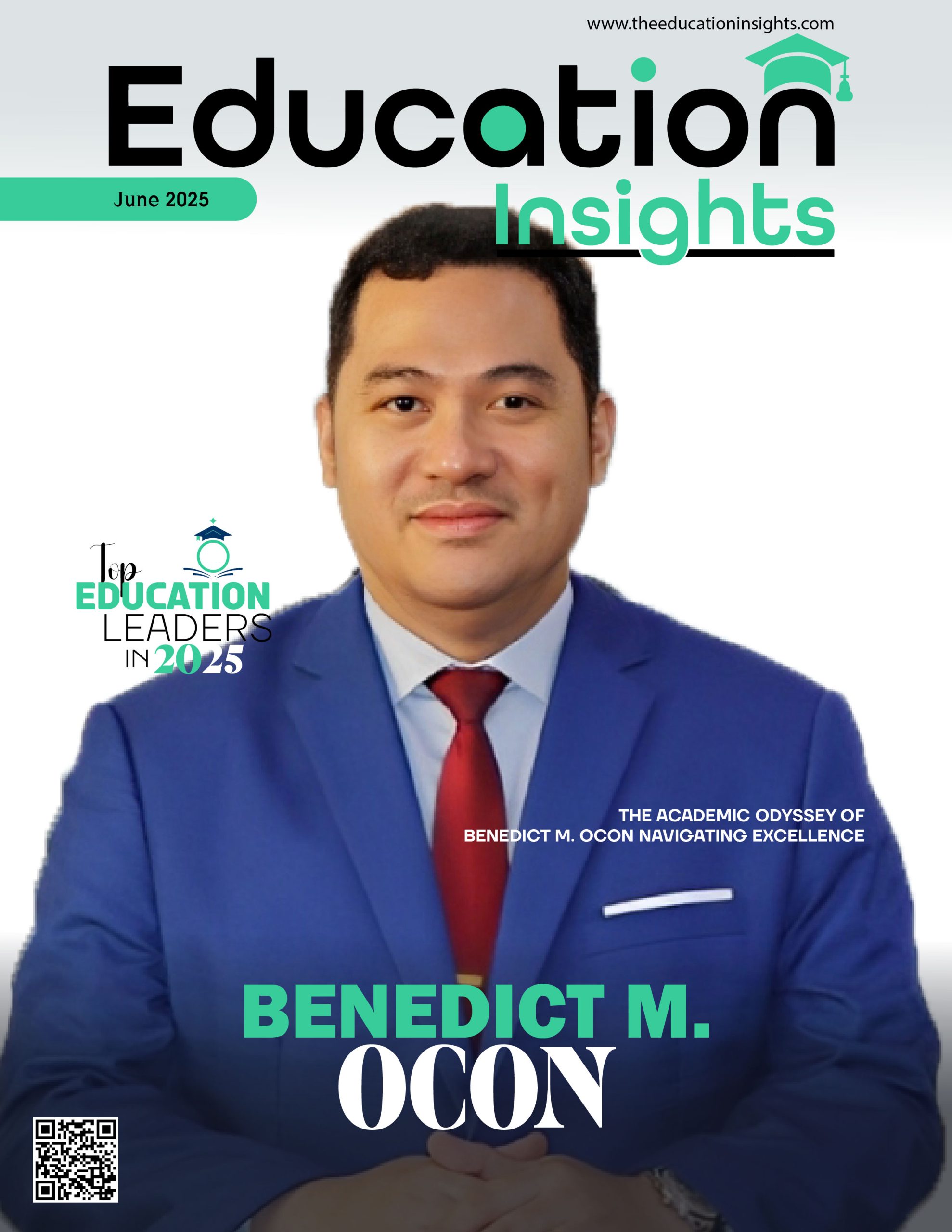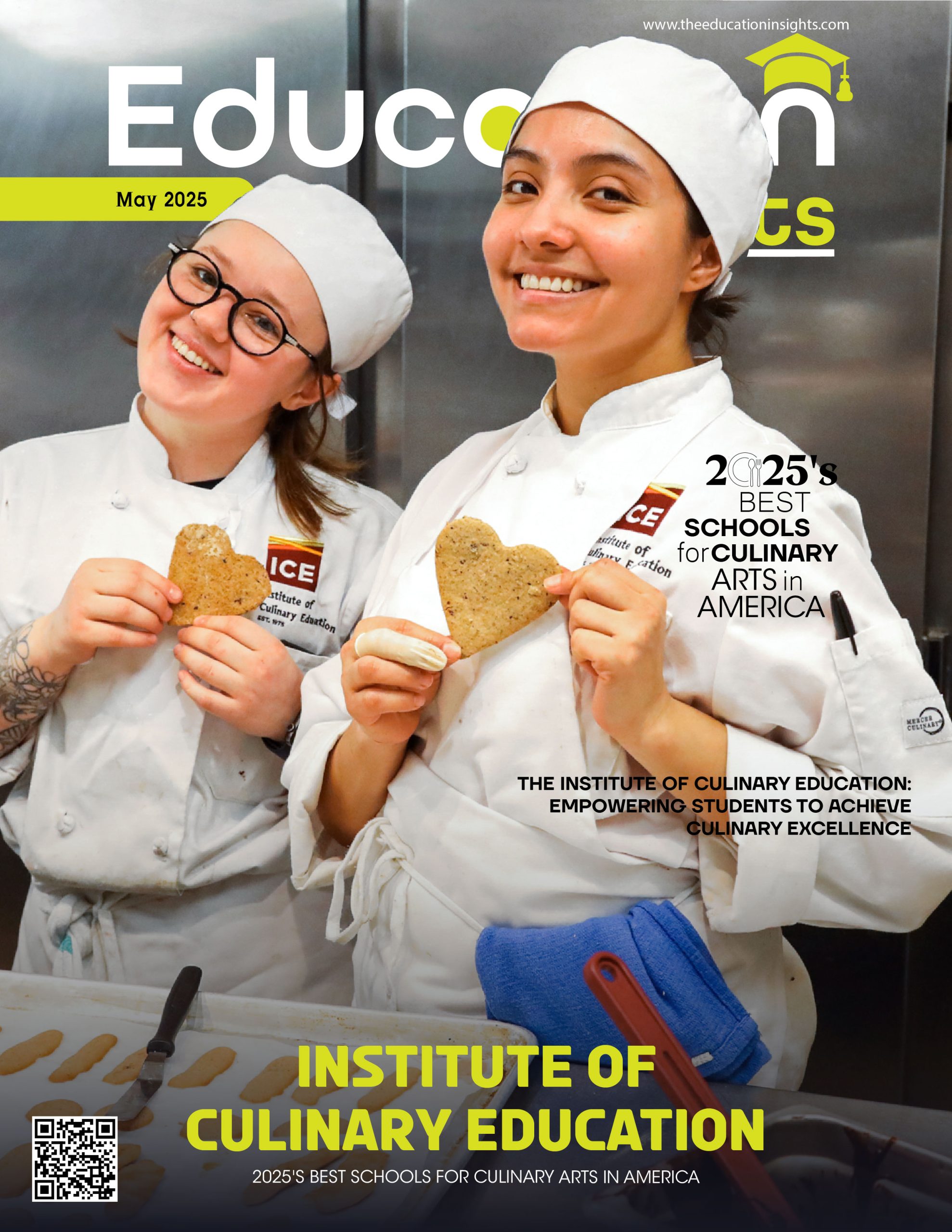Technology allows for information to be accessed anytime and from any location. Students can easily use the internet to research, interact with colleagues, and complete projects. Because it allows for flexible lesson plans, student engagement, and personalized learning, technology is an excellent teaching tool. Virtual classrooms enable students to interact with one another and the teacher through video conferencing software. Teachers can even provide students real-time feedback via chat rooms, blogs, wikis, and social media platforms. Curriculum instruction is an essential component of education. There are numerous methods for teaching students, including lectures, discussions, problem-solving, and hands-on activities. The specific materials and instructional strategies used within a course are referred to as the teaching curriculum.
How Is Technology Incorporated Into the Curriculum?
Technology allows for information to be accessed anytime and from any location. Students can easily use the internet to research, interact with colleagues, and complete projects. Because it provides for flexible lesson ideas, student participation, and individualized learning, technology is a fantastic teaching tool. Virtual classrooms enable students to engage with one another and the instructor through video conferencing software. Teachers may also give students real-time feedback through chat rooms, blogs, wikis, and social media platforms. Curriculum instruction is an integral component of education. There are several methods for teaching pupils, including lectures, discussions, problem-solving exercises, and hands-on activities. The precise resources and instructional practices employed within a course are called the teaching curriculum.
Technology integration in the curriculum refers to using technology to improve student’s learning experience. The use of various forms of technology in classrooms, including virtual classrooms, results in active learners participating in their learning. Implementing technology also opens avenues for diversification of education to match each learner’s individual learning requirements within a larger classroom setting.
Technology may facilitate meaningful and fruitful interactions between students and instructors. Simple technology like PowerPoint presentations, games, internet assignments, and online grading may be powerful tools for engaging students and promoting student achievement.
Techniques for Including Technology in the Curriculum
Presentations in Powerpoint
Presentations may be used in the classroom to teach topics. They enable pupils to interact with the issue by using visual aids. Graphics and bullet points assist in highlighting important topics and make it easier for pupils to follow along. Links to accompanying films maybe be linked inside the slides, enabling students to view them at leisure.
Apps for Educational Gaming
Educational applications like Kahoot assist instructors in engaging their pupils during classes. Students may establish anonymous user identities and play games with their classmates. Teachers may also design games and share them with their colleagues. Teachers may decide whether students should work individually or in groups.
Platforms for Digital Learning
Teachers may employ digital technologies to make their classrooms more interesting for pupils. Students may access assignments through a learning site, which enhances participation and aids in organization. Teachers may also give homework using a learning site, which enables students to do tasks at their leisure and provides feedback on their progress.
Differentiated Instructions and Online Communication
Education relies heavily on communication. Teachers, administrators, parents, students, and other stakeholders may all benefit from internet communication tools. Classplus, for example, enables instructors to submit grades, evaluate attendance trends, and manage transcripts.
Different sorts of activities and evaluations enable instructors to differentiate education using technology. Teachers may also use online technologies like Google Classroom to construct differentiated courses. These tools assist instructors in organizing and managing student progress while also providing personalized feedback.
Social media may be used to alter the educational curriculum.
Teachers may build interactive projects, investigate internet resources, and make podcasts, films, slideshows, or other types of digital media by leveraging social media to involve all students. These sorts of projects may assist students in better comprehending ideas and allow them to apply what they’ve learned.
Web Development
Teachers may also use web-based projects, excursions, and research to assist pupils in learning about many subjects. Teachers, for example, may utilize an interactive whiteboard to educate kids about the solar system. Students might then work together to create a space mission idea. They might also collaborate on a paper using a service like Google Docs. Teachers may also use mobile and portable technologies to develop compelling educational materials. Teachers, for example, may utilize a tablet device to create a game-based learning exercise. While working on a lesson plan, students might play the game.
Conclusion
Technology is all around us. We utilize it daily. Some of us even use it throughout the day. However, we seldom consider what it means to be technically adept. Many children are already comfortable with technology. They understand how to access websites, search for information, and produce documents. However, they may lack the ability to employ such technology to solve issues or develop solutions. As instructors, we must assist our students in becoming adept digital users. To achieve this aim, we must educate students on utilizing technology successfully.










